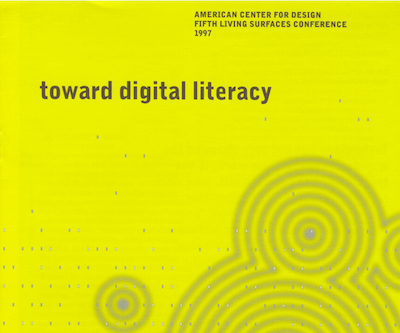Donna Spencer
Australian IA & UX Designer
Written by Erin Malone
Donna Spencer is an Australian Information Architect, author, and former founder of the UX Australia conference. She is a frequent speaker across Australia, Europe and the US about information architecture, user experience design and service design. Over the course of her career, she has switched back and forth between working for Australian government entities and freelancing, often for other government entities. When we spoke, she had only recently taken a full-time job at MakerX, a product development firm specializing in working with startups.
Spencer is author of several books including one of the foundational books on Card Sorting—Card Sorting: Designing Usable Categories from Rosenfeld Media; A Practical Guide to Information Architecture (available on Donna's website) and Presenting Design Work from A Book Apart. Despite the title of Information Architecture going the way of Web 2.0, she is a practicing Information Architect and UX designer, with a passion for training the next generation of designers through workshops, articles, and conference engagements.
Spencer began her professional career in the late 1990s working for the government of Australia in Canberra. After being out on maternity leave, she returned and ended up working with the Bureau of Statistics helping them implement and test their website, which was over 30,000 pages at the time. Their goal was to push the whole catalog of statistics online. Spencer was interested in the internet and had taken some web classes prior to this so joined the team. She ended up doing the first usability test for this statistics website, “I was learning about information architecture so part of that usability test was ‘can you find what you need to find’. And this, for me just clicked, particularly the information architecture part of the thinking and how we've got this really large set of information and there are a lot of people who already know how to navigate the data. But we were also trying to reach a completely new audience of folks who were going to come to the bureau of statistics and get numbers who hadn't done so before. Not everybody could find what they needed, so it kicked off some work to help people find their way in ways that were more straightforward.”[1]
She ended up spending ten years working within the government, of which the last two or three were doing information architecture and user testing. When she left government work, she started consulting to have exposure to more types of projects. The next few years saw her bounce back and forth, back into government work in-house and consulting as well as moving from Canberra to Melbourne where she had to build her network back up again.
When I think of Card Sorting, Spencer’s name is the one I think of for this process. When asked about this expertise, she tells me that it all came out of an article she wrote on Boxes and Arrows in 2003 and then another one in 2006. She says she was contrarian and didn’t like how people were approaching and practicing this method, so she wrote the article to help clarify the method and to “communicate that there was much more to doing card sorting than just coming in and doing a card sort and presenting the IA. I knew there was more to coming up with an IA than just asking people to shuffle things around on a table. And that got a lot of attention”[2]
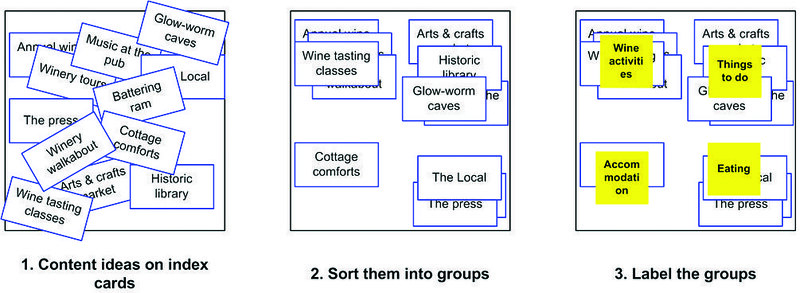
Example of a card sort process. Image from the book Card Sorting by Donna Spencer from Rosenfeld Media.
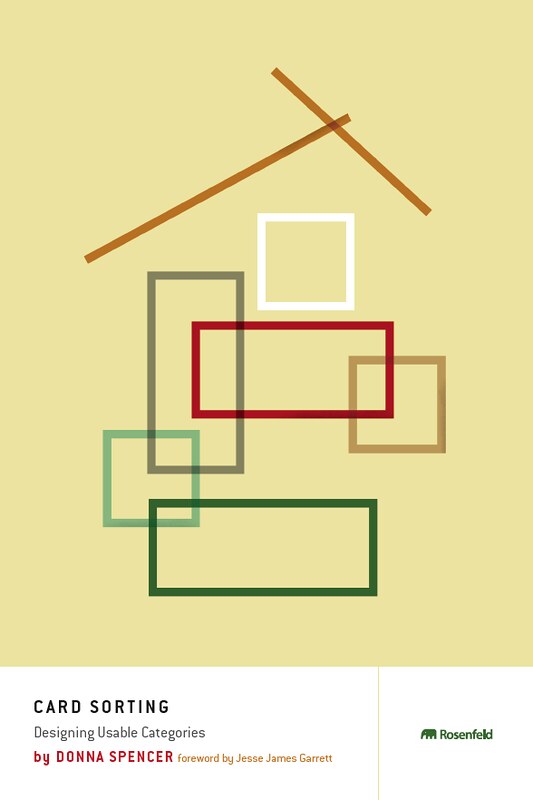
Card Sorting by Donna Spencer, published by Rosenfeld Media in 2009.
About the book, she says she and Lou Rosenfeld were chatting at one of the IA summits when he told her he was starting a publishing company and asked her to write a book on card sorting. She says he “effectively asked me to write it because I’d been negative about his technique, but I was the one who thought it through most, even though it started from a place of ‘I don’t like how people are using this tool’. So, I said ‘sure’.”[3] That was in 2007 or 2008 and the book came out in early 2009.
Her most recent mini-book, Presenting Design Work, is from A Book Apart, and she has been making the rounds of the UX podcasts promoting it. Most of her latest work falls within the realm of interaction design and we talked about the waning role of the information architect. “I've begun to reflect on this as well, because I was involved in the community for so long, even when we were the IA Summit, and on the SIGIA list and having those long ‘defining the damn thing’ arguments and discussions, and I think the group of us who are doing it, IA, a large proportion are really interested in strategy and user research and designing for users. A lot of what has become interaction design. Not too many of us were really super interested in the real structural aspect of information architecture so that's where we had the ‘defining the damn thing’ discussion because a lot of us were much broader than that - more the big IA.”[4] It’s a good assessment for how the early practitioners who were core to the community of information architecture slowly found their way to interaction design and user experience design.
When I asked about her most interesting project, she told me about one that actually failed. “I think the other kind of really interesting project was working on gov.au. It didn't go anywhere, it didn’t actually turn into anything but that was party politics, and you know government politics. That meant that it didn't happen. But I really did come up with a model for how the Federal Government; the whole of government content, could work in a way that would help people to find what they needed, without necessarily knowing who made it. We had to get funding and a large amount of what we needed had to be agreed upon by 16 top level government agencies. We pitched and described the project and the model for how it would work. I was able to answer all the gnarly questions about the agencies' differences. We got 15 out of the 16 to agree. It would have been hard to achieve because we would have had to change the whole mindset of the way people communicate with the government, but it would have been impactful.”[5]
Spencer tutors for two universities and does workshops at conferences where she teaches broader UX and interaction design methods and practices. “I tell them never stop learning. Don’t worry about tools. Always go back to the fundamentals, the first principles.” And about her career, “my real value is that I can dive into anything, and, with the exception of visual design, I can do most things that need to be done, as far as design work.”
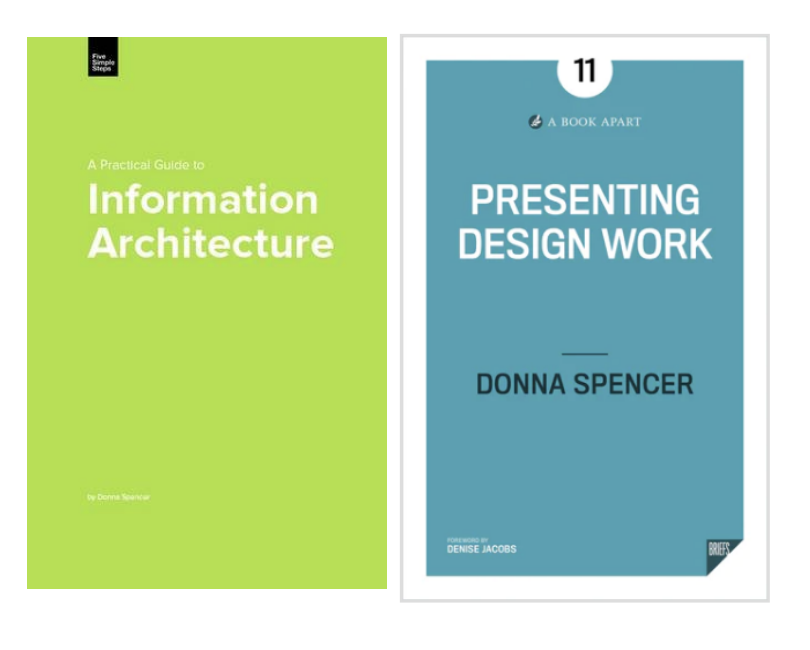
Other Books by Spencer. Presenting Design Work is from A Book Apart.
She is currently renovating an old house with plans to turn the front studio storefront into a sewing school. “Part of the reason that I started on this path was that, and this is genuinely important, I was struggling to get work. I think that a lot of it is being older and some of it is being female, but I think it was age and experience that was catching me. I ended up having to be extreme on LinkedIn and in my resume saying, ‘I am not too famous or too expensive or too busy to work with you’. Really smart people have written books and are top of their game saying, ‘I can't get work.’ So, I started on that path [of the sewing school] but now with this amazing new job I'll be there for a long time, but my sewing school is the thing, the future for me.”[6]
Footnotes:
[1], [2] ,[3], [4], [5], [6]. Donna Spencer, Donna and Erin Chat - Donna Spencer Origin story, interview by Erin Malone, February 7, 2022. Subsequent quotes from the same interview.
Bibliography
- Baty, Steve. “All about Card Sorting: An Interview with Donna Spencer :: UXmatters.” www.uxmatters.com, May 25, 2009. https://www.uxmatters.com/mt/archives/2009/05/all-about-card-sorting-an-interview-with-donna-spencer.php.
- Chandler, Chris. “Where Did IA Go with Donna Spencer.” UX-radio, March 4, 2021. http://ux-radio.com/2021/03/where-did-ia-go-with-donna-spencer/.
- uxmastery.com. “Donna Spencer, Author at UX Mastery.” Accessed April 4, 2022. https://uxmastery.com/author/donna-spencer/.
- Gaffney, Gerry. “Presenting Design Work: An Interview with Donna Spencer.” User Experience Podcast, November 20, 2020. https://uxpod.com/presenting-design-work-an-interview-with-donna-spencer/.
- Polaine, Andy. “Power of Ten: Donna Spencer - Presenting Design Work.” www.polaine.com, October 15, 2021. https://www.polaine.com/podcasts/power-of-ten/donna-spencer/.
- Spencer, Donna. “Card-Based Classification Evaluation - Boxes and Arrows.” Boxes and Arrows, April 7, 2003. https://boxesandarrows.com/card-based-classification-evaluation/.
- ———. “Classification Schemes (and When to Use Them) | UX Booth.” UX Booth, April 27, 2010. https://www.uxbooth.com/articles/classification-schemes-and-when-to-use-them/.
- ———. Donna and Erin Chat - Donna Spencer Origin story. Interview by Erin Malone, February 7, 2022.
- ———. “The Ultimate IA Reading List.” Optimal Workshop, June 27, 2019. https://blog.optimalworkshop.com/the-ultimate-ia-reading-list/.
Selected Stories
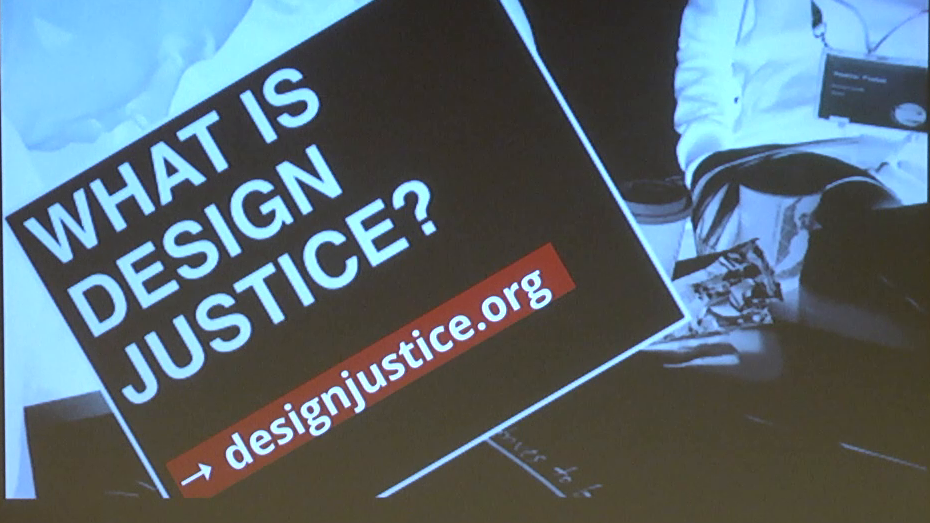
Sasha Costanza-ChockProject type
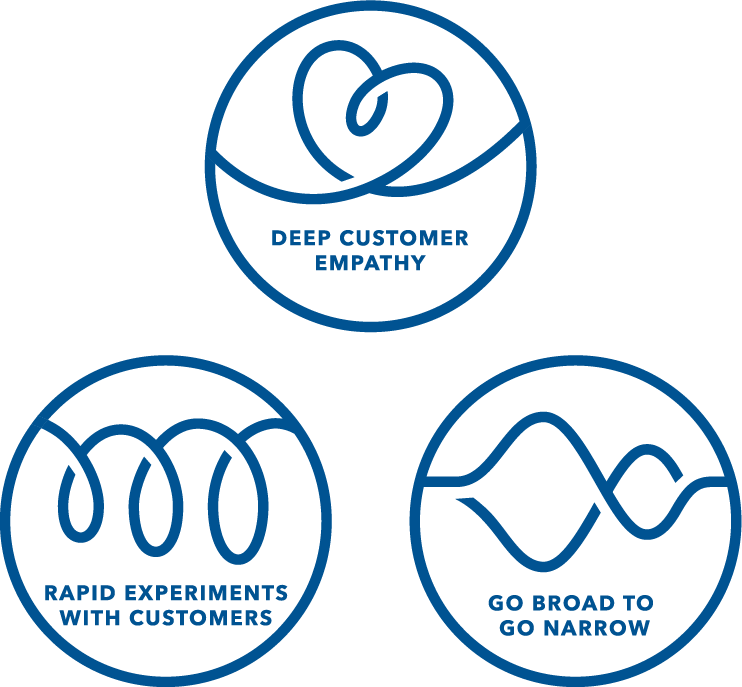
Kaaren HansonProject type

Ari MelencianoProject type

Mizuko Itoresearch
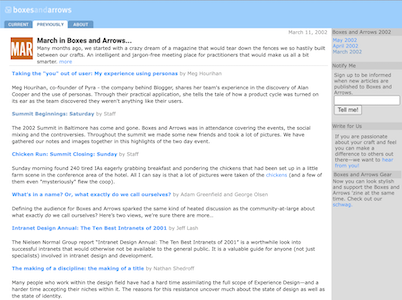
Boxes and ArrowsProject type

Mithula NaikCivic
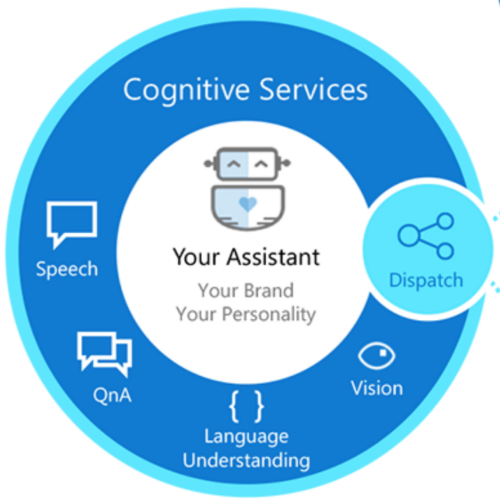
Lili ChengProject type

Ovetta SampsonProject type
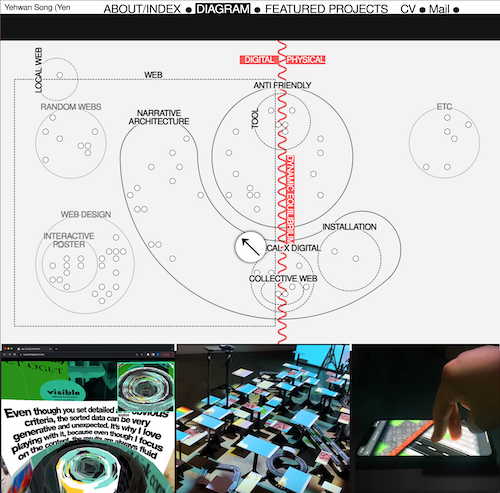
Yehwan SongProject type
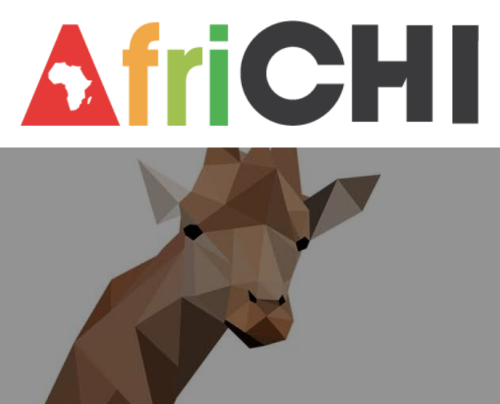
Anicia PetersProject type

Simona MaschiProject type
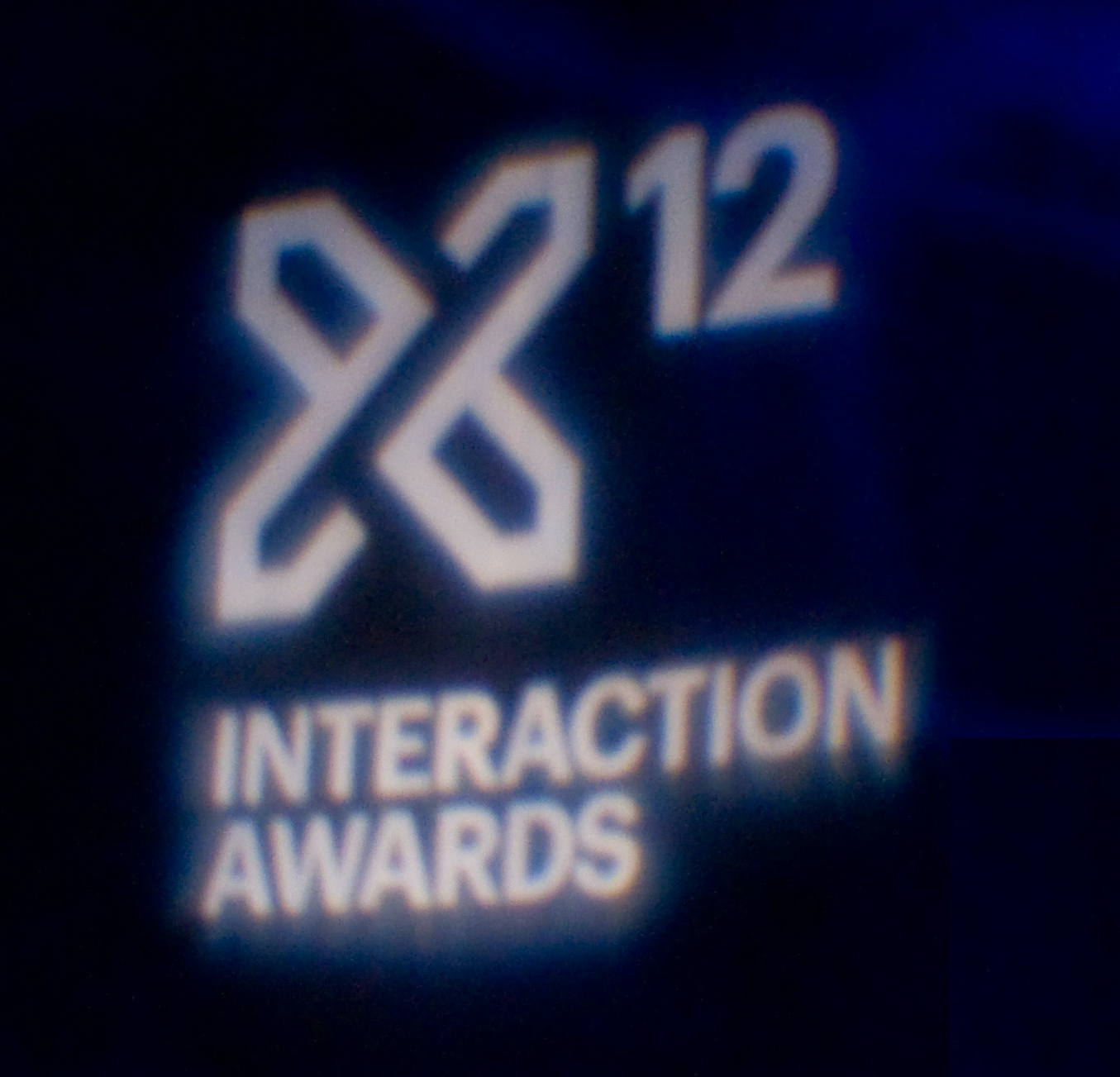
Jennifer BoveProject type
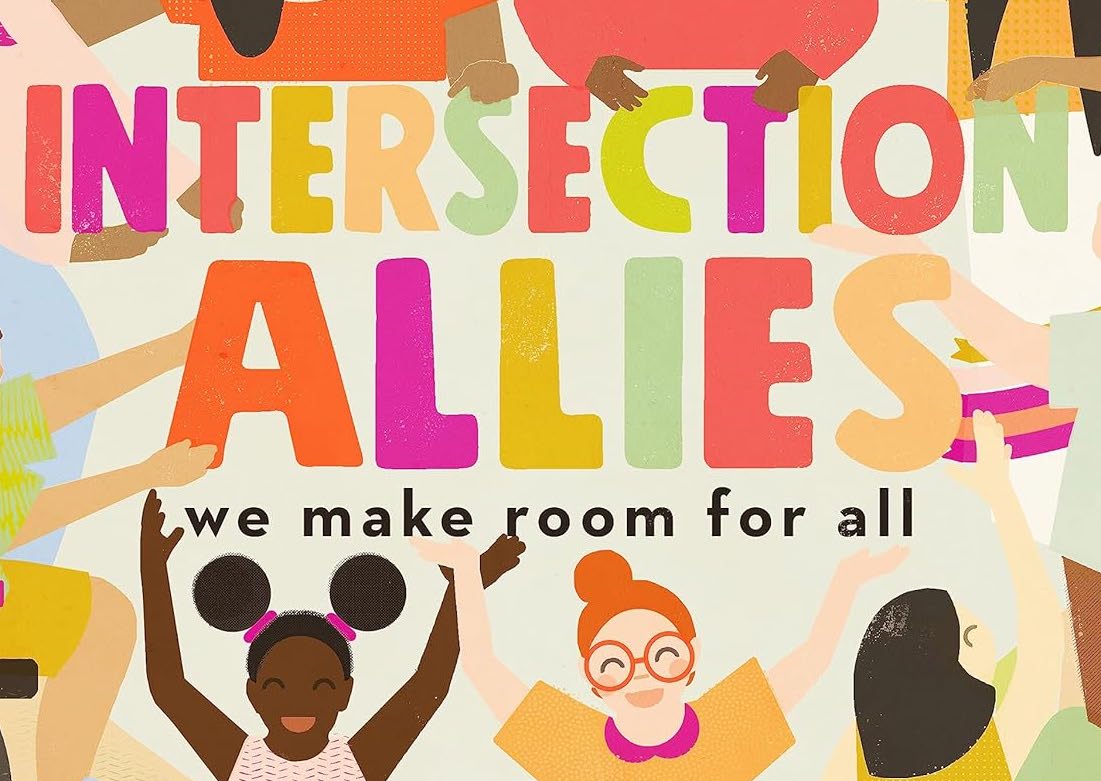
Chelsea JohnsonProject type
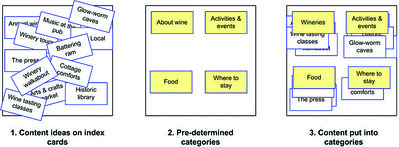
Donna SpencerProject type

Lisa WelchmanProject type
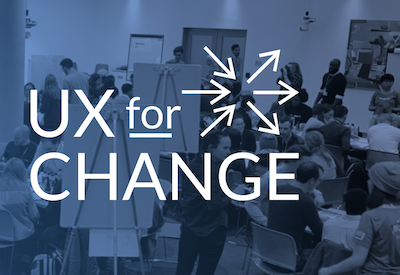
Sandra GonzālesProject type

Amelie LamontProject type

Mitzi OkouProject type

The Failings of the AIGAProject type
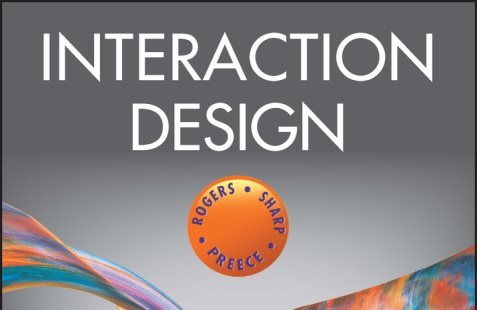
Jenny Preece, Yvonne Rogers, & Helen SharpProject type

Colleen BushellProject type

Aliza Sherman & WebgrrrlsProject type
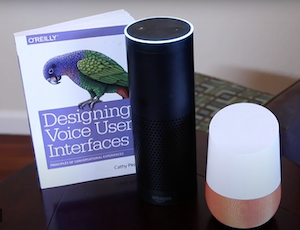
Cathy PearlProject type

Karen HoltzblattProject type

Sabrina DorsainvilProject type
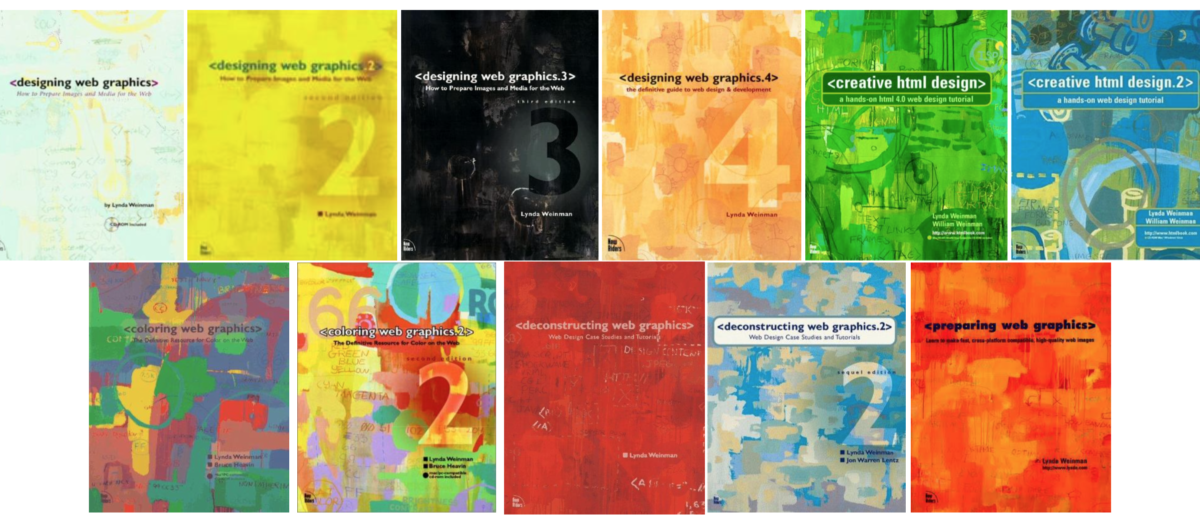
Lynda WeinmanProject type

Irina BlokProject type
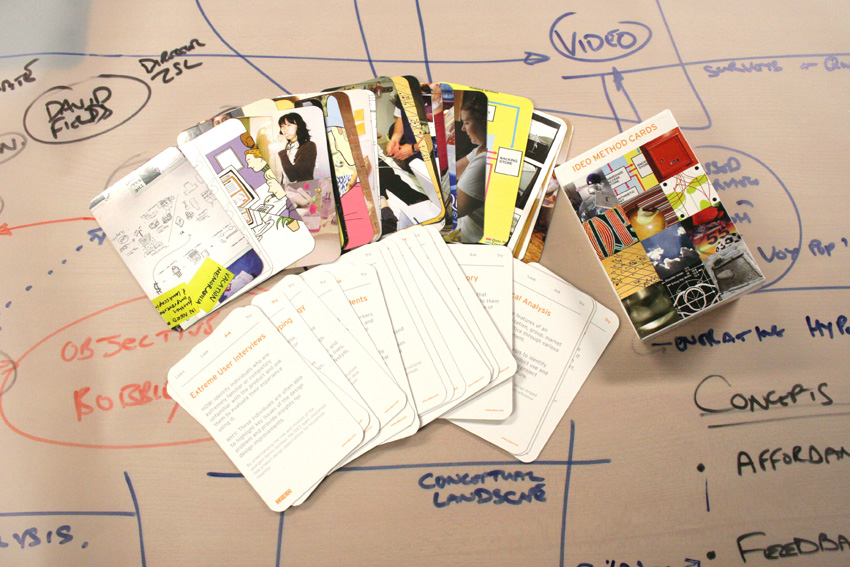
Jane Fulton SuriProject type

Carolina Cruz-NeiraProject type
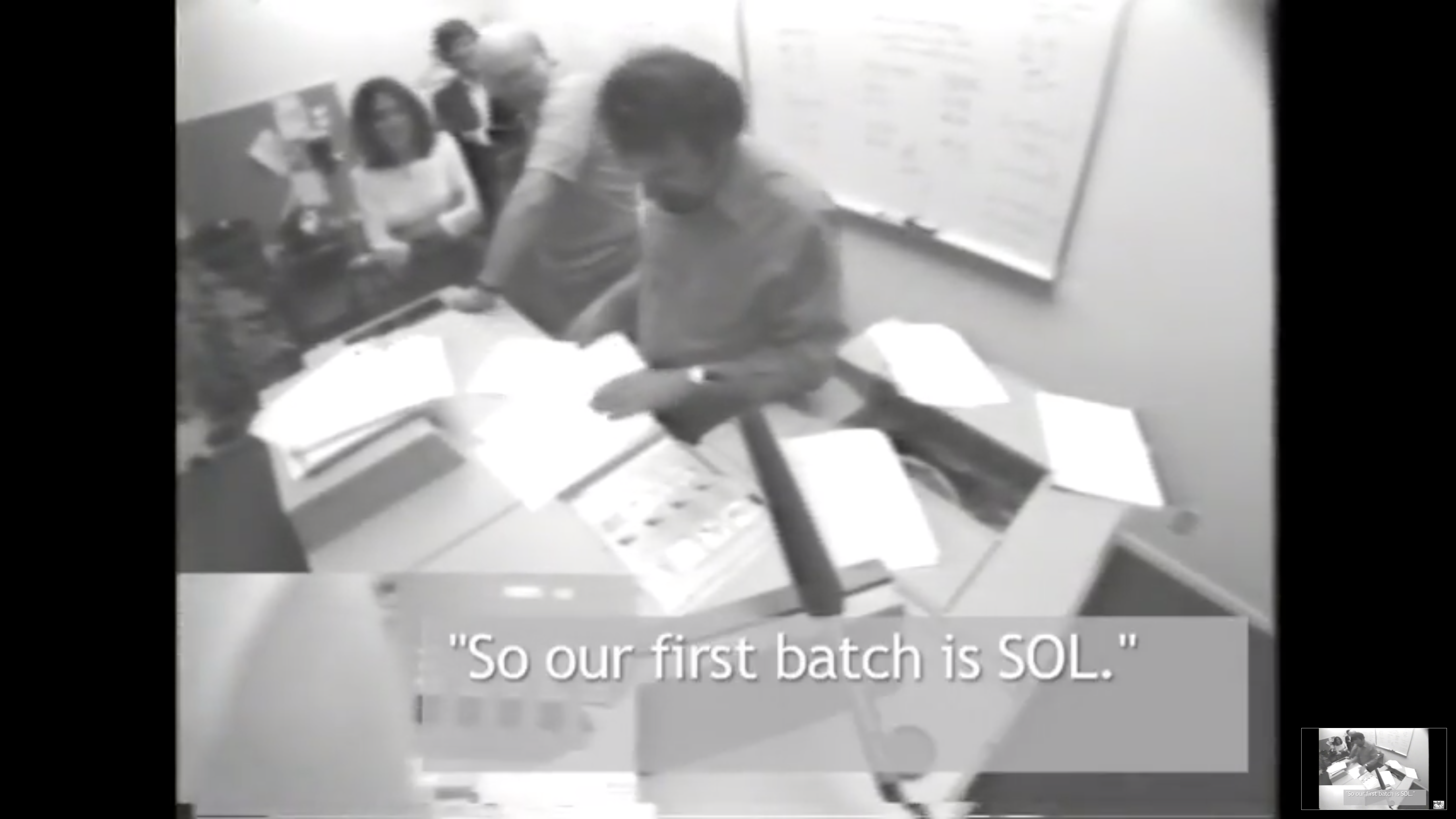
Lucy SuchmanProject type
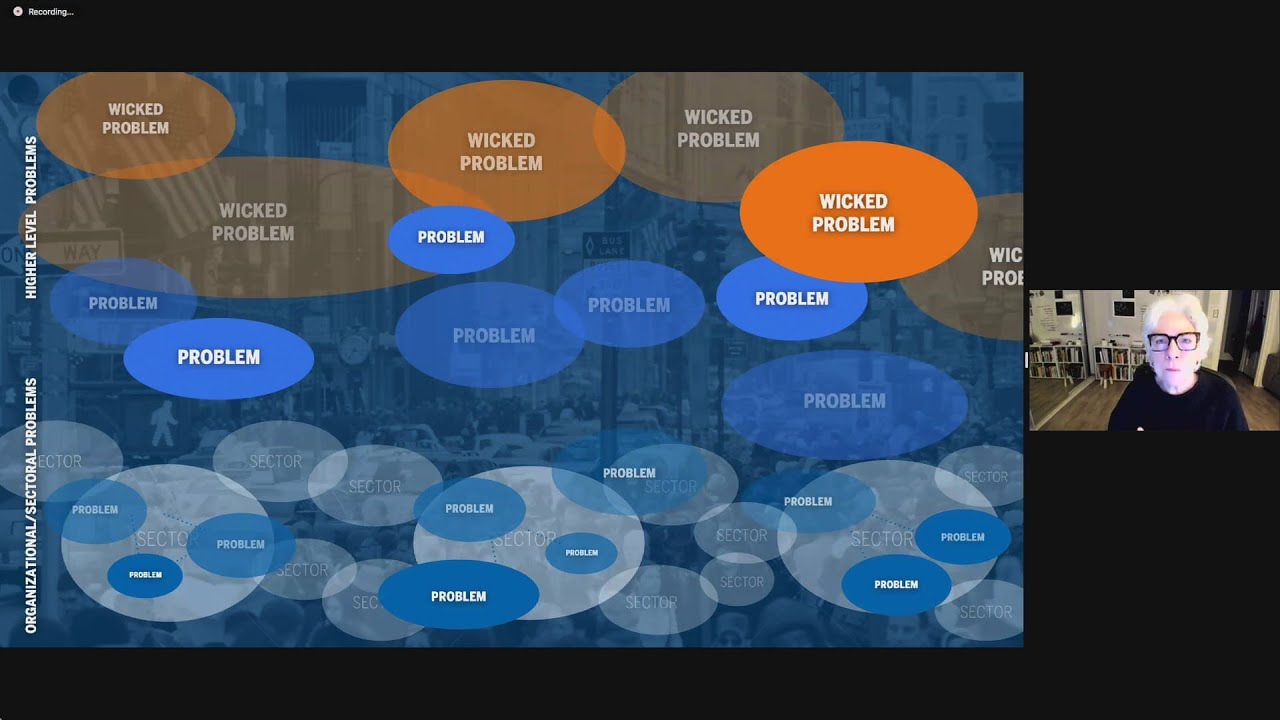
Terry IrwinProject type
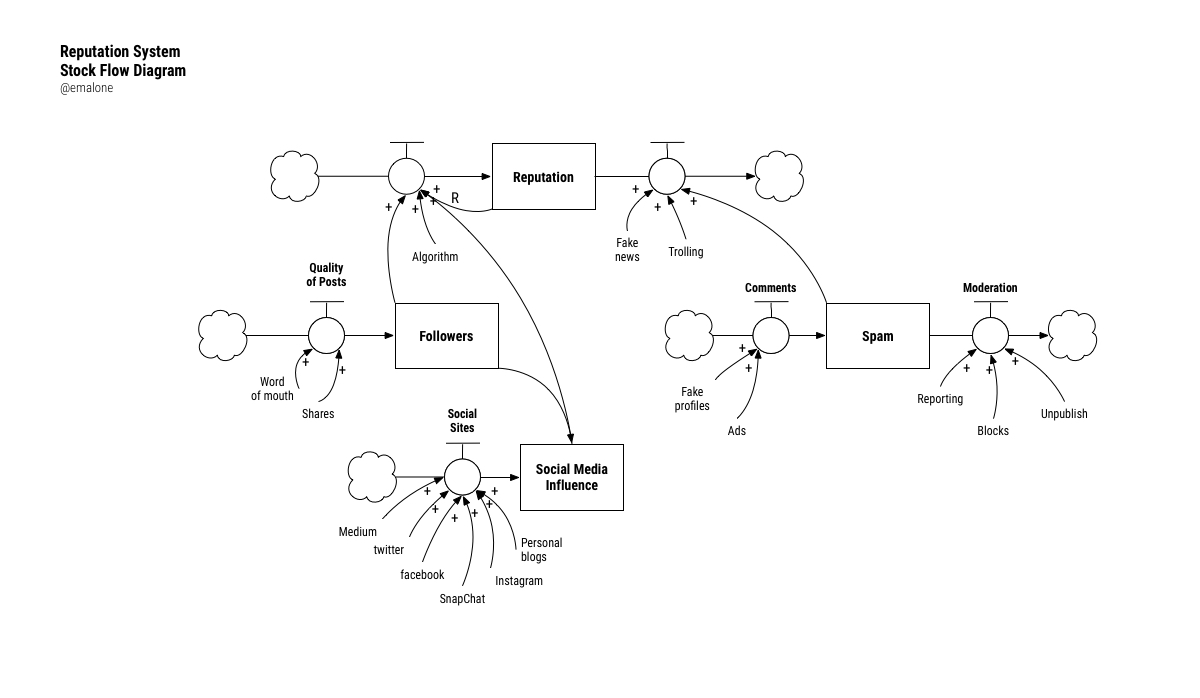
Donella MeadowsProject type
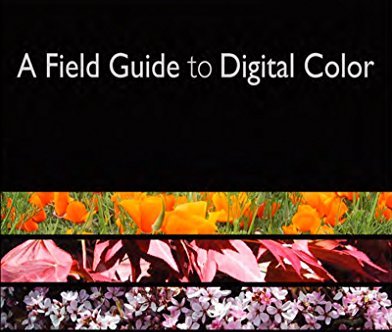
Maureen StoneProject type

Ray EamesProject type
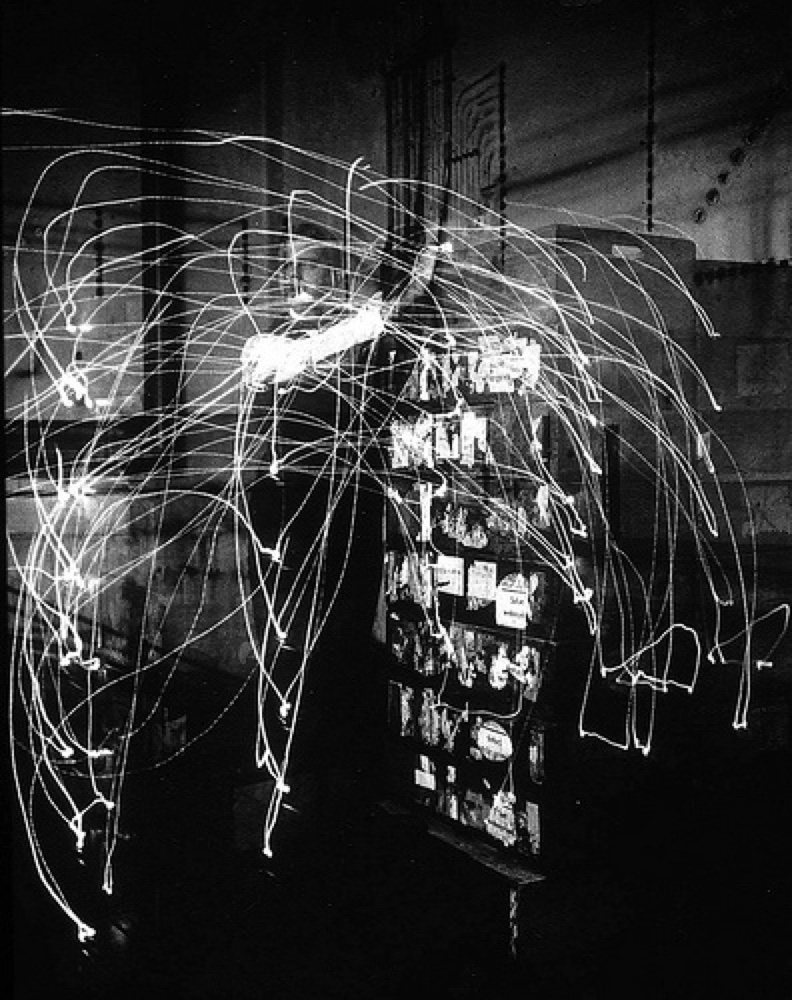
Lillian GilbrethProject type

Mabel AddisProject type

Ángela Ruiz RoblesDesigner

